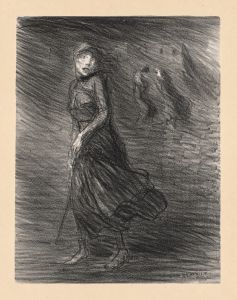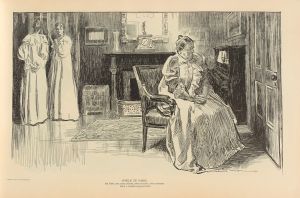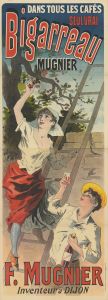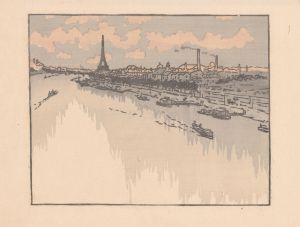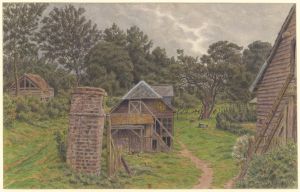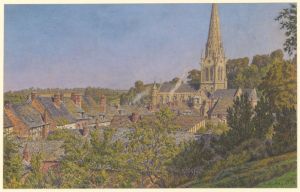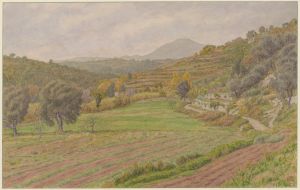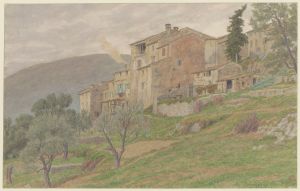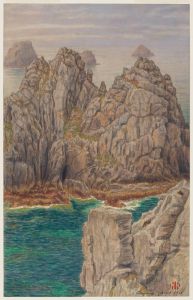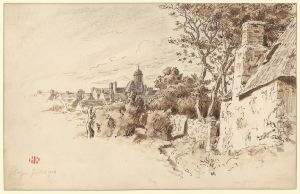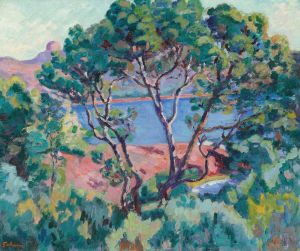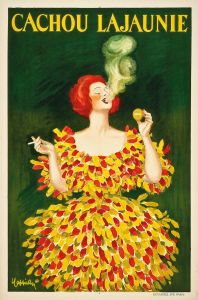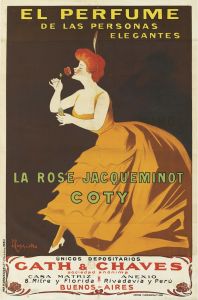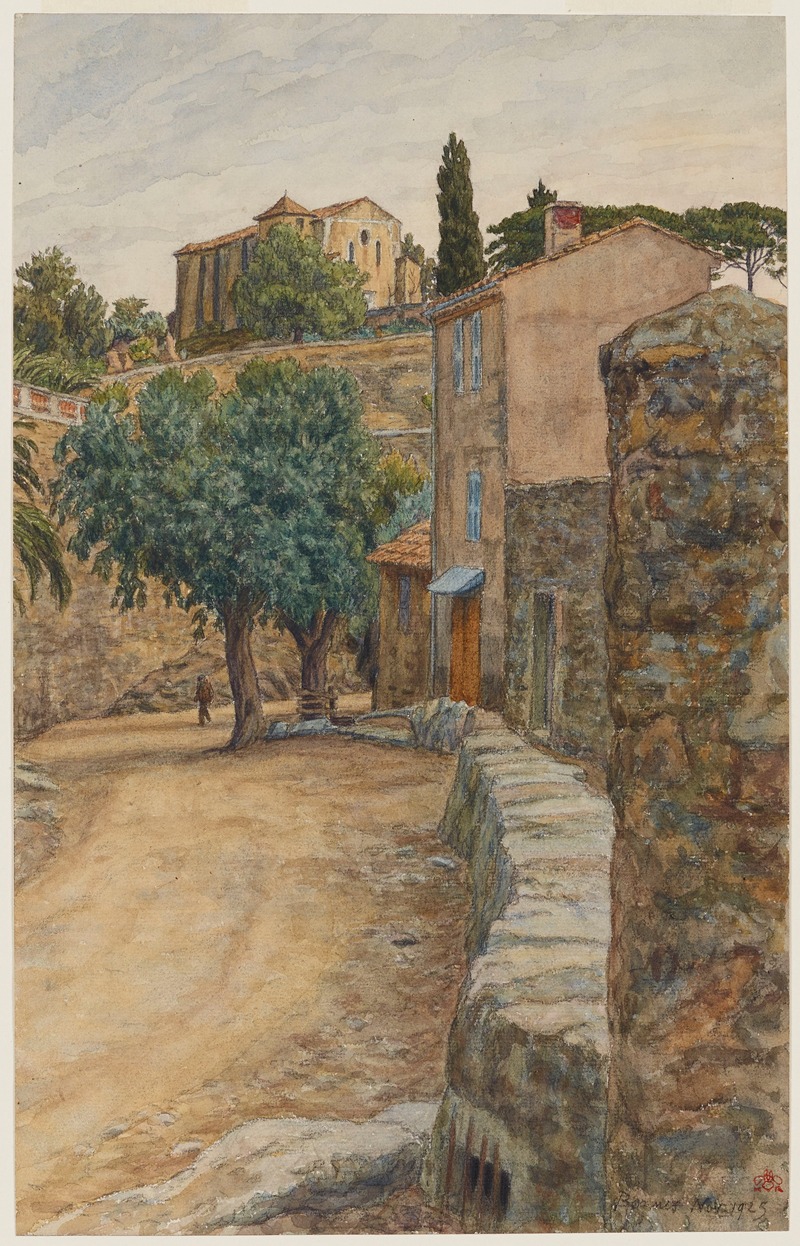
Rue à Bormes
A hand-painted replica of Henri Rivière’s masterpiece Rue à Bormes, meticulously crafted by professional artists to capture the true essence of the original. Each piece is created with museum-quality canvas and rare mineral pigments, carefully painted by experienced artists with delicate brushstrokes and rich, layered colors to perfectly recreate the texture of the original artwork. Unlike machine-printed reproductions, this hand-painted version brings the painting to life, infused with the artist’s emotions and skill in every stroke. Whether for personal collection or home decoration, it instantly elevates the artistic atmosphere of any space.
Henri Rivière's Rue à Bormes is a work by the French artist best known for his contributions to printmaking and painting, particularly in the late 19th and early 20th centuries. Rivière (1864–1951) was a prominent figure in the French art scene, celebrated for his innovative use of color and composition, which were heavily influenced by Japanese ukiyo-e prints and the broader Japonisme movement that captivated many European artists of his time.
Rue à Bormes depicts a street scene in the village of Bormes-les-Mimosas, located in the Provence-Alpes-Côte d'Azur region of southeastern France. This picturesque village is renowned for its medieval architecture, narrow streets, and vibrant floral displays, which have long attracted artists and tourists alike. Rivière's work captures the charm and tranquility of this setting, reflecting his keen eye for detail and his ability to evoke a sense of place.
While Rivière is most famous for his lithographic series Les Trente-six Vues de la Tour Eiffel (Thirty-Six Views of the Eiffel Tower), which showcased his mastery of printmaking and his fascination with landscapes, Rue à Bormes demonstrates his skill in other mediums. The piece exemplifies his interest in capturing the interplay of light, shadow, and texture, hallmarks of his artistic style.
Rivière's artistic career was shaped by his involvement with the avant-garde circles of Paris during the late 19th century, including his association with the Chat Noir cabaret, where he worked as a designer and stage manager. His exposure to Japanese art, particularly the works of Hokusai and Hiroshige, profoundly influenced his approach to composition and perspective, as seen in Rue à Bormes and other works.
The exact date of creation for Rue à Bormes is not definitively documented, but it likely falls within the period when Rivière was actively exploring landscapes across France. His works often reflect a deep appreciation for the natural and built environments, rendered with a harmonious balance of simplicity and detail.
Today, Henri Rivière's works, including Rue à Bormes, are celebrated for their contribution to the development of modern art in France. They continue to be studied and admired for their innovative synthesis of European and Japanese artistic traditions.





